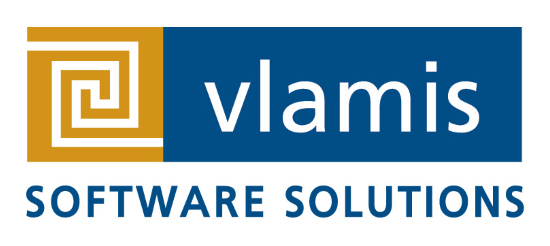I enthusiastically described to my classmate some of the new built-in analytical functions in Oracle 11g (regression analysis, data clustering using a k-means algorithm, etc.), the very cool new data visualization tools in OBIEE, and the speed, depth, and breadth of multi-dimensional analysis available to business managers by implementing Oracle OLAP and Essbase. I told him about new algorithms for optimizing multi-dimensional data cubes and accelerating true ad hoc analysis. I also mentioned how it’s no longer necessary to export a data base to a specialized analytics package for data mining and perhaps more importantly, no longer necessary to figure out how to integrate results from the analysis back into the corporate data warehouse. All of sudden, he cut me off.
“But Tim, you don’t get it. You like math. Most people don’t. A lot of business executives are scared to admit that they don’t understand regression analysis or clustering or a tenth of the stuff you’ve been rattling on about. They are immersed in their businesses and many of the most senior people have egos that are so big they don’t want to admit that something that they don’t fully understand is important. If you really want to help people, stop talking about analytics and math. Just help them make more money.”
It was an excellent point. It wasn’t news to me that most people don’t like math. Just bring up the new book you’ve read on Riemann’s Prime Number Hypothesis at a local cocktail party and see if you get any reaction beyond a polite nod (I prefer the Music of the Primes by Du Sautoy over Prime Obsession by Derbyshire). Pretty soon you’re back to college basketball or the neighbor’s dogs. It was interesting, however, to hear from my classmate how off putting the technical side of BI and analytics are to some business executives when certain language is used. Most of the clients with whom we have direct interaction at VSS love the “techie” side of BI. But they too obviously enjoy making money. Likewise everyone at Oracle, it seems to me, favors technical talk (and those in the field sales offices especially seem to favor making money).
The main focus for the BI community over the next decade must be to welcome those who don’t have a natural affinity for analytics to the language, logic, and advantage of business intelligence. This doesn’t specifically mean that we need only stop light dashboard designs or mandatory attendance at corporate training programs delineating when the Greek letter sigma means “standard deviation” and when it means “sum”. It does mean, however, that the prime responsibility of the BI community is to find opportunities to develop a progressive roadmap for business executives at any level of technical acuity and bring them gradually along the path to a deeper understanding of statistical relationships and scenario probabilities through the use of the language of business returns and profitability. It may mean sacrificing some initial technical explanation in order to achieve a greater intuitive understanding and acceptance of BI among a wider business audience. Many with a high level of BI expertise enjoy how all the parts of a BI system come together and even sometimes how the math behind the system works, but maybe, just maybe, not everyone does. It’s true that people are more likely to embrace BI as their understanding of BI processes accumulate over time and as they learn the language of analytics, so we have to learn to focus first on the benefits and the “why” and take the explanation of the “how” at the right pace.
Next time you encounter a senior manager who “doesn’t get it” just remember that while they may not understand BI, they probably do understand business and making money. If they want to know more about how BI works, we should take time to share some of the technical aspects of BI and bring them along at their own pace. We have to find the balance between showing off with a technical barrage and dismissing the topic with a wave of the hand and a statement about how “it’s very complicated”. After all, most people may think they don’t like math, but they do like making money.



